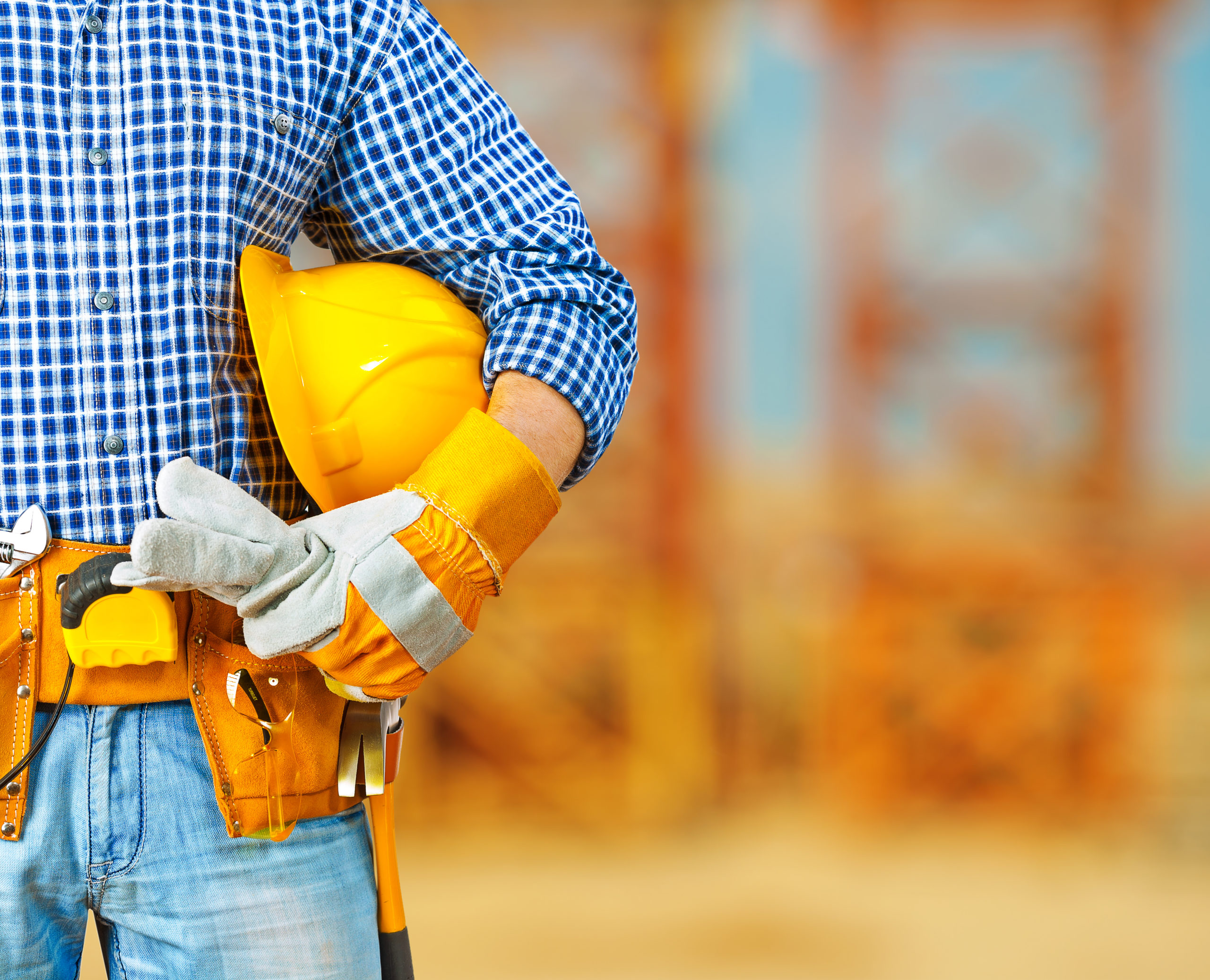Covid-19: Immigrant Workers Are Essential in Securing U.S. Food Supply Chain
Date: April 16, 2020

With at least 42 states under stay-at-home orders due to the coronavirus outbreak, the U.S. food sector is under an unprecedented test to feed hundreds of millions of Americans amid a pandemic. While the food supply chain is facing severe disruptions in areas ranging from production to transportation to distribution, data from the U.S. Census Bureau shows that immigrants play a vital role in helping the food sector adapt to these new challenges.
Overall, 3.8 million immigrants make up more than one in five workers in the U.S. food sector. They are among the essential workers who leave the safety of their homes to handpick fresh vegetables and fruits, process meat and seafood, stock shelves with groceries, and deliver food to people’s doorsteps.
Figure 1: Immigrant Workers in the U.S. Food Sector
| Number of Foreign-born Workers | Share of All Workers, Foreign-born | |
| Food Sector, Overall | 3,806,511 | 21.6% |
| Agriculture | 546,383 | 27.6% |
| Food Processing | 500,085 | 28.7% |
| Food Wholesale Trade | 212,048 | 24.4% |
| Grocery Stores and Supermarkets | 528,811 | 16.6% |
| Restaurants and Food Service | 2,019,184 | 20.5% |
In the states hard hit by the coronavirus, immigrant food workers are particularly important to help keep America’s food supply chain running and ensure people can still get the food they need in this time of crisis. In New York and New Jersey, the states with the most Covid-19 cases in the country as of mid-April, at least one in three food workers are foreign-born.
Figure 2: Immigrant Workers in the U.S. Food Sector
| State | Number of Foreign-born Workers | Share of All Workers, Foreign-born |
| New York | 325,972 | 35.5% |
| New Jersey | 135,932 | 34.4% |
| California | 980,038 | 42.5% |
| Michigan | 51,691 | 10.2% |
| Massachusetts | 92,473 | 26.9% |
| Florida | 310,152 | 27.9% |
| Illinois | 150,384 | 21.8% |
| Washington | 126,331 | 27.7% |
| Pennsylvania | 76,719 | 11.6% |
| Texas | 395,888 | 26.6% |
| Virginia | 72,228 | 18.3% |
| Georgia | 91,260 | 16.2% |
| Arizona | 78,930 | 22.3% |
| Maryland | 66,522 | 25.3% |
| North Carolina | 82,311 | 13.9% |
Across the country, farmers and ranchers are committed to providing Americans with safe, affordable food. However, already facing a labor shortage before the outbreak, the agriculture sector relies on immigrant workers to fill the gaps. In 2018, about 27.6 percent of all agricultural workers in the United States were immigrants. In some states, that share is even higher. For example, in California, the country’s top agricultural state, immigrants made up almost two-thirds of the agricultural workforce.
More than ever, the country needs more immigrant workers to manage the disruptions to the agriculture industry. To address the labor challenge due to travel restrictions related to Covid-19, the Homeland Security Department just announced a temporary final rule to allow U.S. farms to employ H-2A workers who are already in the country and these temporary workers to stay beyond three years, their maximum length of stay in the country.
Figure 3: Immigrant Workers in the Agriculture Industry
| Number of Foreign-born Workers | Share of All Workers, Foreign-born | |
| United States | 546,383 | 27.6% |
| California | 256,362 | 64.7% |
| Washington | 47,664 | 50.7% |
| Florida | 37,506 | 43.8% |
| Texas | 31,526 | 28.7% |
| North Carolina | 15,545 | 24.8% |
| Arizona | 11,223 | 44.0% |
In the next two months, as key vegetables and fruits come into season, farms will increasingly need immigrant workers to take on jobs that are often physically taxing or require specialized skills. Nationwide, immigrants make up close to half of all field workers in the agriculture industry. Their hard work helps ensure farms can harvest the highly perishable products at the right time quickly and fill the grocery store shelves for Americans looking for healthy food.
Figure 4: Select Occupations in the Agriculture Industry in the United States
| Occupation | Number of Immigrant Workers | Immigrants’ Share of Workforce |
| Field Workers | 372,691 | 48.6% |
| Graders and Sorters | 13,931 | 62.7% |
| Hand Packers and Packagers | 10,846 | 73.8% |
In the food processing industry, immigrants also play a critical role in meeting America’s growing appetite for diverse foods. Nationwide, immigrants make up 28.7 percent of all workers in the food processing industry. In California, New Jersey, and Florida, more than 40 percent of their food processing workforce are immigrants.
Figure 5: Immigrant Workers in the Food Processing Industry
| Number of Foreign-born Workers | Share of All Workers, Foreign-born | |
| United States | 500,085 | 28.7% |
| New York | 19,260 | 31.5% |
| New Jersey | 19,148 | 48.2% |
| California | 96,187 | 51.1% |
| Florida | 19,479 | 43.7% |
| Illinois | 27,975 | 29.1% |
| Washington | 15,233 | 33.8% |
| Pennsylvania | 15,701 | 19.2% |
Looking at specific occupations, immigrants make up more than half of hand packers and packagers, almost half of meat processing workers, and two in five other food processing workers. But as the coronavirus spreads, they are also becoming increasingly vulnerable, facing significant health risks at work.
Several meatpacking companies have already fallen victim to the coronavirus, including Smithfield Foods, the world’s largest pork producer. It has closed its meatpacking plant in Sioux Falls, South Dakota, indefinitely, after more than 200 of its workers there became confirmed cases for Covid-19. The food processing industry is struggling with the daunting challenge of preventing a potential food shortage while keeping their workers healthy and safe.
Figure 6: Select Occupations in the Food Processing Industry in the United States
| Occupation | Number of Immigrant Workers | Immigrants’ Share of Workforce |
| Packaging and Filling Machine Operators and Tenders | 69,115 | 44.4% |
| Other Food Processing Workers | 52,054 | 40.6% |
| Butchers and Other Meat Processing Workers | 39,408 | 49.1% |
| Bakers | 37,602 | 37.4% |
| Hand Packers and Packagers | 33,592 | 53.6% |
| Food Batchmakers | 13,125 | 28.9% |
With mass closures of restaurants and schools, both farms and food processors are shifting their distribution priorities from wholesale food-service markets to retail grocery stores with surging demand, where immigrant workers are integral to their daily operations. While more than 212,000 immigrants work in food wholesale trade, nearly 529,000 immigrants are employed in groceries and supermarkets across the country, making up 16.6 percent of the workforce.
Figure 7: Immigrant Workers in Grocery Stores and Supermarkets
| Number of Foreign-born Workers | Share of All Workers, Foreign-born | |
| United States | 528,811 | 16.6% |
| New York | 61,577 | 31.0% |
| New Jersey | 23,564 | 25.4% |
| California | 120,287 | 33.7% |
| Massachusetts | 18,343 | 21.0% |
| Florida | 60,194 | 25.4% |
| Illinois | 21,792 | 19.8% |
| Washington | 11,115 | 15.1% |
In grocery stores and supermarkets, immigrants share responsibilities with their U.S.-born colleagues to make sure customers get the food they need as much as possible. They make up one in seven cashiers, one in eight stockers and order fillers, more than 30 percent of all janitors and building cleaners, and one in five delivery workers. Millions of Americans now count on them to secure enough food for their families who mostly eat at home these days.
However, like workers in meatpacking factories, grocery workers are also facing a heightened risk of infection, due to the nature of their work being in close contact with the public at their workplace. Unfortunately, several grocery stores and supermarkets have already reported deaths among their employees due to Covid-19.
Figure 8: Select Occupations in Groceries and Supermarkets in the United States
| Occupation | Number of Immigrant Workers | Immigrants’ Share of Workforce |
| Cashiers | 122,729 | 15.3% |
| Stockers and Order Fillers | 48,000 | 13.4% |
| Laborers and Material Movers | 41,672 | 13.6% |
| Retail Salespersons | 28,246 | 23.7% |
| Janitors and Building Cleaners | 11,767 | 30.7% |
| Delivery Workers | 7,939 | 20.0% |
Although many restaurants are closed or struggling to remain open, the food service industry is still meeting the demand from people ordering take-outs and delivery of meals and groceries from home. About 2 million immigrants work in this sector, making up one-fifth of its workforce in the country.
Figure 9: Immigrant Workers in Restaurants and Food Service
| Number of Foreign-born Workers | Share of All Workers, Foreign-born | |
| United States | 2,019,184 | 20.5% |
| New York | 221,478 | 39.4% |
| New Jersey | 75,394 | 34.6% |
| California | 441,023 | 35.9% |
| Michigan | 30,540 | 9.4% |
| Massachusetts | 57,955 | 28.2% |
| Florida | 177,842 | 25.6% |
| Illinois | 89,460 | 22.9% |
| Washington | 44,581 | 20.5% |
| Pennsylvania | 37,437 | 11.0% |
Among the major occupations in the restaurants and food service industry, immigrants make up almost one in three chefs and cooks, one in five food service managers and food preparation workers, one in nine fast food and counter workers, and one in six cashiers and delivery workers.
However, many immigrant workers in the food service industry face economic hardships since the sector is among the ones that have been hit the hardest by the Covid-19 outbreak and the subsequent social distancing measures. For example, since many restaurants can no longer offer dine-in services, waiters and waitresses, including 338,000 immigrant workers, have lost their jobs or are struggling to keep their current ones. In March, the country lost 417,000 jobs at restaurants and bars and may experience even more substantial cuts in April.
Figure 10: Select Occupations in Restaurants and Food Service in the United States
| Occupation | Number of Immigrant Workers | Immigrants’ Share of Workforce |
| Chefs and Cooks | 646,472 | 31.0% |
| Waiters and Waitresses | 338,193 | 16.5% |
| Food Service Managers | 200,564 | 21.5% |
| Food Preparation Workers | 159,967 | 21.1% |
| Cashiers | 149,004 | 18.0% |
| Fast Food and Counter Workers | 47,599 | 11.8% |
| Delivery Workers | 45,898 | 18.2% |
During this severe public health—and now economic—crisis, immigrants are working on the front lines and behind the scenes along the food supply chain to help provide Americans with the food they need, often at their doorsteps. As the pandemic upends life in the country, Yassin Terou, a Syrian refugee who runs two falafel shops in Knoxville, Tennessee, shares his lessons about how to be resilient in crisis and find a pathway forward. So far, his business has managed to stay afloat in the past few weeks, and he hasn’t had to lay off any of his 30 employees.
If you want to explore how immigrants often disproportionately serve in some of the most at-risk jobs in the Covid-19 crisis, including the food-sector jobs featured in this brief, click the image below to explore our data visualization.

Finally, check out our research portal of Immigration and Covid-19. If you have any specific questions about our data, please reach out to us at info@newamericaneconomy.org.






